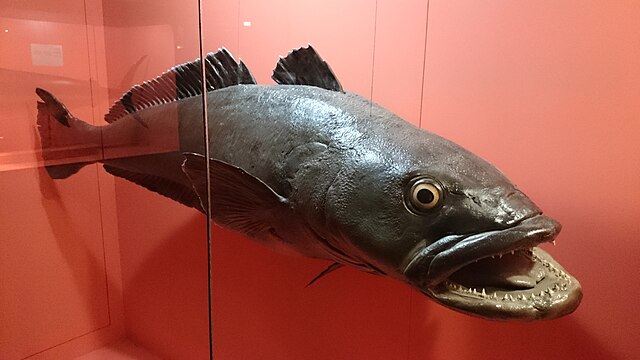Sourced from the world’s end, the expensive Chilean sea bass could get dearer after a federal judge backed a 2022 import ban.
Judge David Leibowitz of Florida on April 1, 2025 ruled against Southern Cross Seafoods from Texas which had lodged the anti-ban case in 2022.
The United States banned all shipments from a sustainable region near Chile following refusal by Russia in 2021 to set international catch limits.
Russia’s decision derailed 40-year conservation efforts by the 26-member Commission on the Conservation of Antarctic Marine Living Resources (CCAMLR).
Reactions by CCAMLR signatories included the U.S.’ choice to bar imports while the UK continued fishing its previous quota.
“Economic Blow”
The fishing industry, which prides in the economic returns of the lucrative fish, now expects seafood inflation after the latest ruling.
Although actually a toothfish from the cold regions of Patagonia, this fish lands on American plates as “Chilean sea bass.” Its buttery white meat and savory flavor add to a price tag that mostly owes to its survival status.
Since Chile’s businessmen first marketed it and the nickname stuck, sustainable Chilean sea bass has been retailing from $30 a pound.
But as the United States also sources from non-CCAMLR waters, domestic rates sometimes fall within ordinary sea bass’ price range.
For affordability, frozen seafood stores sell the fish in portions of 5 to 6 ounces, an accessible range.
Ban or not, the United States has traditionally represented 15 to 20% of the worldwide imports of the species. This portion does not count illegal hauls, as the statistics below reveal.
United States’ Chilean Sea Bass/Patagonian Toothfish Statistics
Worldwide Patagonian toothfish, which includes “Chilean sea bass,” comes from near Antarctica, the Indian Ocean and the southwestern Atlantic. At over 50,000 tonnes annually, as of 1999, the United States is the second biggest importer of Patagonian toothfish (Dissostichus eleginoides).
How much Chilean sea bass does the U.S. import?
Of the 16,000 tonnes of Chilean sea bass that the world harvested legally in 2000, the U.S. shipped in 20%. This amount excludes Chilean sea bass from illegal fisheries and Patagonian toothfish from other sources. In the 2000s, the United States averaged 10,000 tonnes in import volumes or 15% of the worldwide landings for this regional species. Illegal imports however could have been twice that amount, according to the National Oceanic and Atmospheric Administration (NOAA).
What is the historical import volume of Patagonian sea bass from Chile and elsewhere by the U.S.?
According to the Food and Agriculture Organization (FAO), Chile exported 95.4% of the global toothfish quantities between 1985 and 2000. The overseas territories of Australia and France, among others, provided the remainder. According to one database by Fishstat+, courtesy of FAO, the United States imported less than 10,000 tonnes of Patagonian toothfish annually, before 2000. A rival database by the European Union (EU), also on FAO, brings the U.S’ imports to over 50,000 tonnes per year. Only Japan imported more over the period, at over 200,000 tonnes per year due to nearness to sources.
